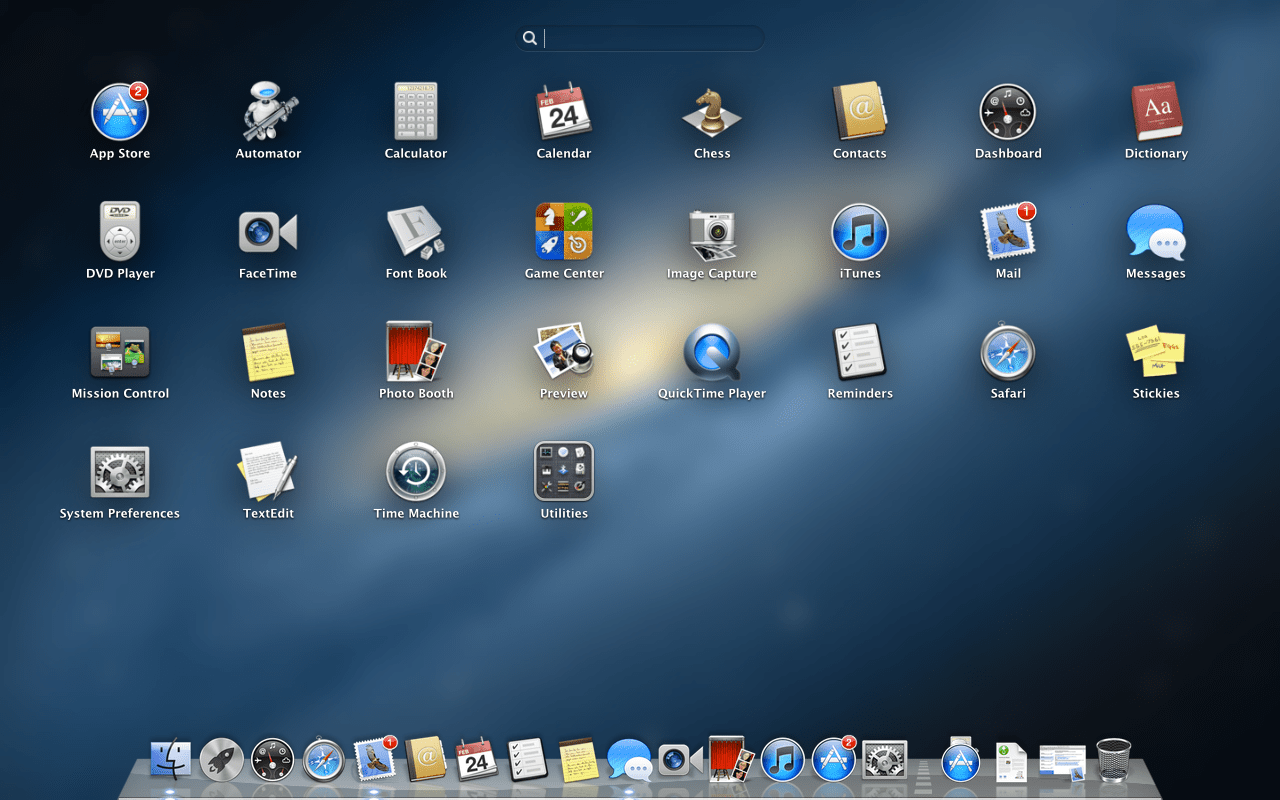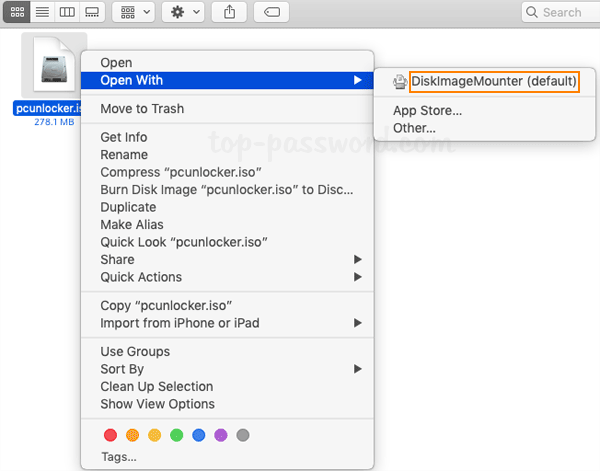Iso Osx
Nov 14, 2019 Mac OS X Mavericks 10.9 ISO and DMG File Download free Apple decided to release apple maps with the Mac OS X Mavericks keeping in mind that the OS was the revolutionary kind that was released with all the standard features that will remain in Apple devices. Nov 25, 2017 Install OSX 10.13. Create a new VM with the 10.13 template. Accept the defaults, with the exception of RAM (at least 3 GB), number of vCPUs (at least 2) and amount of HD (according to your needs, no less than 10 GB). Also make sure that USB3 controller is selected under the Ports » USB. Choose the newly created ISO as your boot medium. Feb 22, 2021 In this article, I’ve listed the download links for downloading the macOS Catalina ISO image. MacOS Catalina was released in Worldwide Developer Conference (WWDC19). The latest version of this OS is macOS Catalina 10.15.5 (19F101). Wubi is an officially supported Ubuntu installer for Windows users that can bring you to the Linux world with a single click. Wubi allows you to install and uninstall Ubuntu as any other Windows application, in a simple and safe way. Mac OS X is an advanced operating system, easy to use and extremely stable when used daily, and sometimes one would prefer to have OSX on PC rather than using Windows 7 or latest Windows 10. Well we have brought something interesting for you – The Guide to Run OSX on Windows which means users can Run Mac OS alongside Windows 7,8,8.1.
NOTE: The instructions to create an ISO from any OSX Install application are covered in another article.Install OSX 10.13
- Create a new VM with the 10.13 template. Accept the defaults, with the exception of RAM (at least 3 GB), number of vCPUs (at least 2) and amount of HD (according to your needs, no less than 10 GB). Also make sure that USB3 controller is selected under the Ports » USB. Choose the newly created ISO as your boot medium.
NOTE: Do NOT designate your virtual HD as an 'SSD'. The installation WILL fail if you do that, because the OSX installer will convert the filesystem to APFS, something that the VirtualBox EFI can not handle. - Start the VM. It may seem that the installation stalls but don't shut the VM, be patient. Specifically, right before you switch to the graphics with the Apple logo and the progress bar, you'll get stuck at the point where the OSX ≥ 10.12.4 gets stuck:
- After selecting the language, open 'Disk Utility'. For reasons that only Apple engineers understand, you will *not* see your hard drive! Instead you'll see a bunch of partitions that are of no interest to you whatsoever (see NOTE below). On the top-left side, click on the 'View' drop-down and select 'Show All Devices'. Now you'll see your 'VBOX HARDDISK Medium'. Select it and choose 'Erase' from the toolbar. Leave the defaults (HFS+J/GUID), except maybe the name, choose anything you like. Quit 'Disk Utility' once done.
NOTE: This 'glitch' has been fixed with 10.13.2. Now the hard disk shows properly when Disk Utility is opened. - Select 'Install macOS'. Continue and agree to the license. This will start a phase where the actual installer is copied to the Recovery Partition of the hard disk that you selected. That part is rather quick, lasting less than a couple of minutes on an SSD drive. After that your VM reboots. But, you won't re-boot into the OSX installation phase, you'll restart the whole installation again from scratch! Houston, we have a problem!!! If you're observant, you'll notice a quick message coming up, right before the VM boots again from the ISO to restart the whole installation process:
- Apple (another wise move) has modified the way that it reads/treats the different partitions in the EFI, something that currently VirtualBox cannot handle (as of 5.2.2). But, there is a solution. Once you find yourself up and running, right after the language selection step, shut down the VM and eject the 10.13 ISO that you booted from. Then boot the VM again. You get dropped in the EFI Shell.
- You need to keep resetting the VM (HostKey+R) and press any key until you get into the EFI menu screen. If you don't succeed, and you end up in the EFI shell, enter 'exit'. That will you get to the EFI menu, shown below:
- Select the 'Boot Maintenance Manager' option, then 'Boot from File'. Now, you should have two options. The first one is your normal Boot partition, but this is not yet working, because you haven't yet installed 10.13. This is where the VM should be booting up from normally, and this is why it fails to boot. The second partition however is your Recovery partition. This is the one you should boot from to do the installation. This could be also used to do a re-installation of 10.13, just like on a real system, should the need arise.
- BootFromFile.png (48.02 KiB) Viewed 92423 times
- Choose the second option, then '<macOS Install Data>', then 'Locked Files', then 'Boot Files', and finally 'boot.efi' and let the games begin!
- That second part of the installation is where 10.13 actually gets installed. This is going to take substantially more time, about 20-30 min with the VM consuming every available CPU cycle. The VM will reboot a couple of times but you should be all set.
 PS: There is also another guide, which I discovered after I wrote this guide, that contains some pretty pics in case you get confused by the text-only instructions: http://tobiwashere.de/2017/10/virtualbo ... st-system/
PS: There is also another guide, which I discovered after I wrote this guide, that contains some pretty pics in case you get confused by the text-only instructions: http://tobiwashere.de/2017/10/virtualbo ... st-system/The Mac OS X Mavericks 10.9 release proved to be the most significant of all the releases made by apple in the Mac operating system X series. Mavericks proved to have a lot of in-built features that made it stand apart from all other operating systems released under the tag of the Mac OS X line up. The major standpoint behind the release of the Mavericks OS was t make sure that there was increased battery life, more adaptability and add in more application and revamp the old applications in terms of aesthetics.
License
Official Installer
File Size
5.0GB / 5.1GB


Language
English
Developer
Apple Inc.
Overview
The Mavericks OS also made sure that the mac system was stable in terms of performance and made the best out of the existing software such that apple didn’t have to run the compatibility test on the newly developed software. The OS also packed powerful improvements in terms of graphical efficiency as well as to get the most out of your RAM. All these elements packed together made sure that the Mac OS X Mavericks got a superior hold over the battery performance.
There are also various other features like the improvement in the usage of the applications through aesthetic detailing as well as user-friendliness embedded into the Mac OS makes it even more appealing.
1. iBooks
The iBooks is a beautifully done software that is exclusively built for reading books. This application covers all the aspects of a perfect reading application starting from night mode reading to exclusive fonts, highlighting and taking notes and much more. There is a wide range of collections in the library that allows you to have nearly 2 million book collections. Some of the basic things that come along with the system are the syncing of all the mac devices so that all the books that you register using the Apple device will be available throughout all the devices that are connected across along all the devices.
2. Multiple Display support
There was an expectation among the mac users that they wanted to have the extensions of their macs to other displays as well. This was particularly the request from all the graphical designers and people whose life revolved around the heavy usage of monitors and computers. Apple decided to release this feature along with the Mac OS X mavericks to ensure that the need was looked into. It did not require much of the configurations to enable this display configuration. The extensions of the display were just like that done as an extension to other system displays that necessarily didn’t have to be an apple monitor. This also made sure that the graphical card was put to the best use.
3. Apple maps

The much-anticipated application from apple was Apple Maps. It is a dedicated map application that was designed for Apple devices to get the best out of your outside world. Apple maps had all the features of a conventional map application with all the revolutionary standpoints that would be covered by a map application. The apple map also displayed adaptive such that the application would adjust the resolution accordingly to the device it is being used in.

Apple decided to release apple maps with the Mac OS X Mavericks keeping in mind that the OS was the revolutionary kind that was released with all the standard features that will remain in Apple devices.
4. Apple calendar
The apple calendar was also a feature that was adored by many with the release of the Mac OS X Mavericks. The apple calendar will help you with events and also it will help you integrate the newly added maps application to get your way to a mentioned event in the calendar.
Dvd To Iso Osx
5. iCloud keychain
The iCloud keychain was released along with the Mac OS X Mavericks as there was an update in the framework of Safari to support the keychain feature. The iCloud Keychain is a password keeper that is embedded along with the Mac OS to ensure that all your passwords are kept safe and secure. The Security protocol of iCloud Keychain is so complex that it would definitely be a tough framework to crack into. It saves information starting from credit card information to the Wi-Fi logins as well. This made sure that the Mac OS X Mavericks was much more user-friendly as well with its release.
System Requirements
Iso Os
- Minimum 2GB of RAM
- Minimum of 8GB HDD drive
- It can run on any mac system that can run the OS X mountain lion.
Os X Iso Download
Download the MAC OS X Mavericks 10.9 ISO and DMG File
The mac OS X Mavericks are one of the most revolutionary Mac OS X releases that imbibed all the revolutionary features that make apple stand a class apart. you can download the DMG file from the below link and make sure that you have met all the basic system that requires to run the Mac OS X Mavericks on your Mac system without any hassles.
